Automated Microfluidic System for Dynamic Stimulation and Tracking of Single Cells
Dynamic environments determine cell fate decisions and function. Understanding the relationship between extrinsic signals on cellular responses and cell fate requires the ability to dynamically change environmental inputs in vitro, while continuously observing individual cells over extended periods of time.
Tissue Engineering and Cell-Based Therapies for Fractures and Bone Defects
Bone fractures and segmental bone defects are a significant source of patient morbidity and place a staggering economic burden on the healthcare system.
Effective differentiation of induced pluripotent stem cells into dental cells
A biotooth is defined as a complete living tooth, made in laboratory cultures from a spontaneous interplay between epithelial and mesenchymal cell-based frontal systems.
Stem cell-derived exosomes - an emerging tool for myocardial regeneration
Cardiovascular diseases (CVDs) continue to represent the number one cause of death and disability in industrialized countries.
New genetic marker could help diagnose aggressive prostate cancer
Scientists have discovered a link between certain genetic mutations, the aggressiveness of prostate cancer, risk of developing the disease and poorer survival rates of patients.
Genetic diversity impacts disease severity
New research offers clues as to why some diseases are highly variable between individuals. The phenomenon is apparent in people with retinitis pigmentosa, a condition that causes the light-sensing cells in the eye to degenerate.
Scientists in China engineer baby mice from same-sex parents
Using a new genetic engineering method, scientists in China have birthed healthy baby mice using the DNA of two same-sex parents. Born without defects, the fatherless mice developed normally and went on to produce healthy offspring.
Team develops new way to grow blood vessels
Formation of new blood vessels, a process also known as angiogenesis, is one of the major clinical challenges in wound healing and tissue implants.
Tufts scientists grow functioning human neural networks in 3D from stem cells
A team of Tufts University-led researchers has developed three-dimensional (3D) human tissue culture models for the central nervous system that mimic structural and functional features of the brain and demonstrate neural activity sustained over a period of many months.
Small Molecules boost Cpf1-mediated Genome Editing in Pluripotent Stem Cells
While CRISPR-Cas9 genome editing in human pluripotent stem cells (hPSCs) has stolen the headlines of recent times, another CRISPR system employing Cpf1 also holds great potential [1].


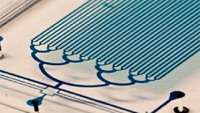
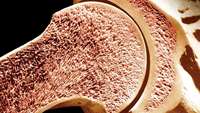
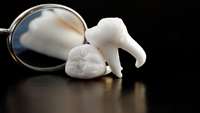
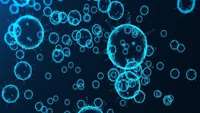


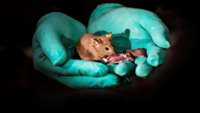
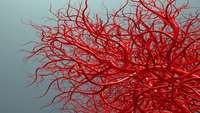
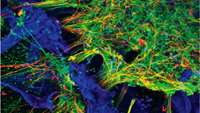
_114108.jpg)
